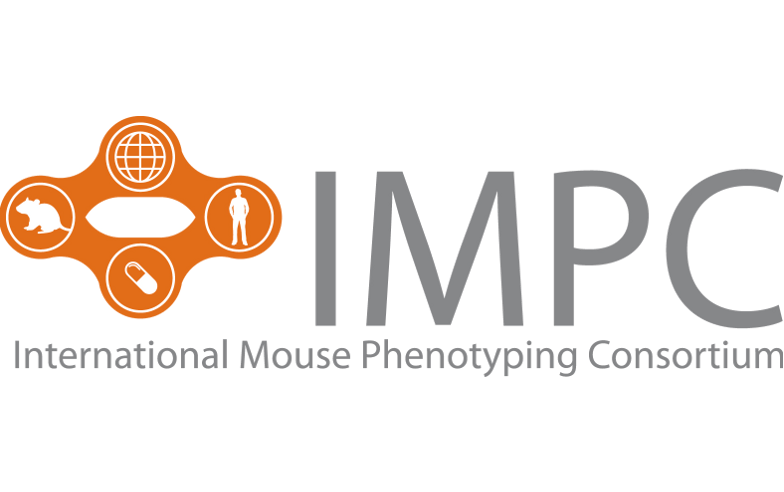|
초록
|
Owing to the worldwide obesity epidemic and the sedentary lifestyle in industrialized countries, the number of people with metabolic diseases is explosively increasing. Magnetic resonance spectroscopy (MRS), which is fundamentally similar to magnetic resonance imaging, can detect metabolic changes in vivo noninvasively. With its noninvasive nature, 1H, 13C and 31PMRS are being actively utilized in clinical and biomedical metabolic studies to detect lipids and important metabolites without ionizing radiation. 1H MRS can quantify lipid content in liver and muscle and can detect other metabolites, such as 2-hydroxyglutarate, in vivo. Of interest, many studies have indicated that hepatic and intramyocellular lipid content is inversely correlated with insulin sensitivity in humans. Thus, lipid content can be utilized as an in vivo biomarker for detecting early insulin resistance. Employing 13C MRS, hepatic glycogen synthesis and breakdown can be directly detected, whereas 31P MRS provides in vivo adenosine triphosphate (ATP) synthesis rates by saturation transfer methods in addition to ATP content. These in vivo data can be very difficult to assess by other methods and offer a critical piece of metabolic information. To aid the reader in understanding these new methods, fundamentals of MRS are described in this review in addition to promising future applications of MRS and its limitations.
|






